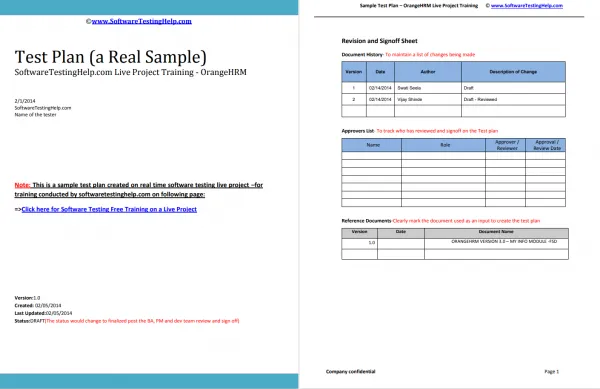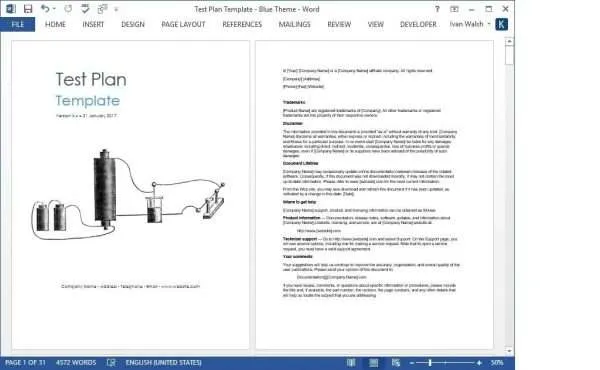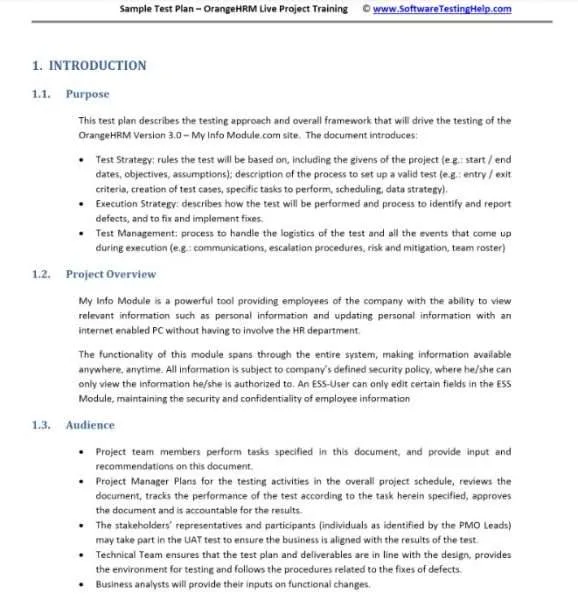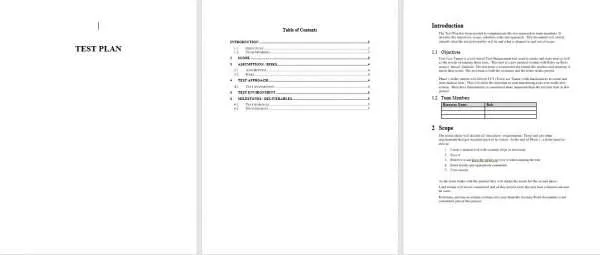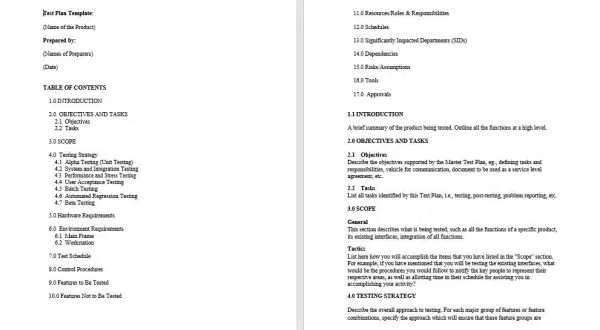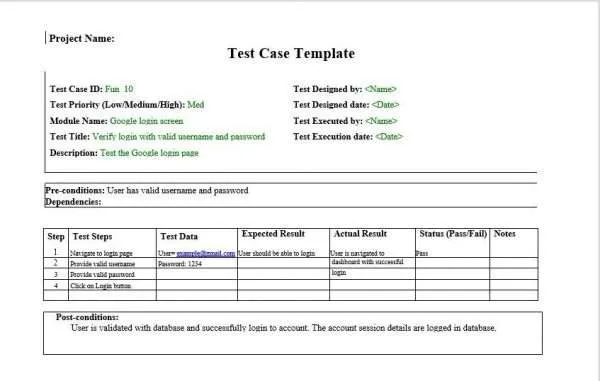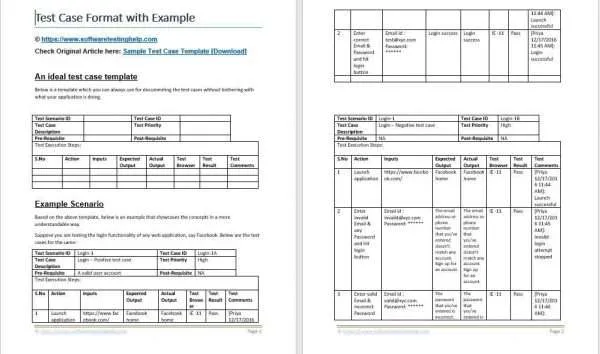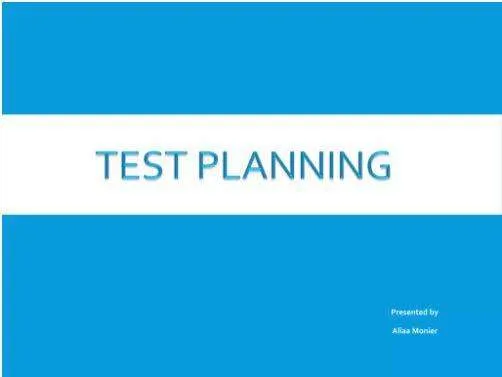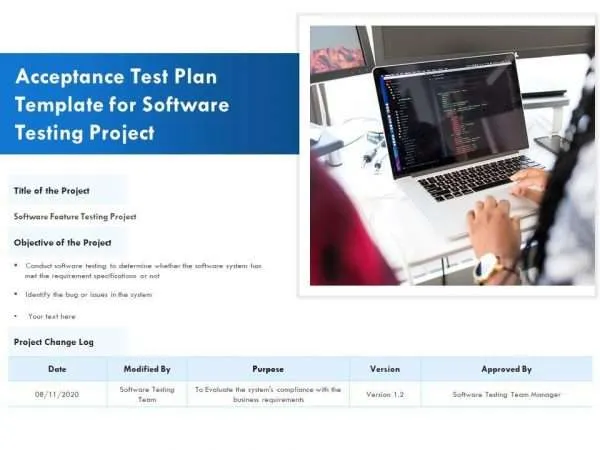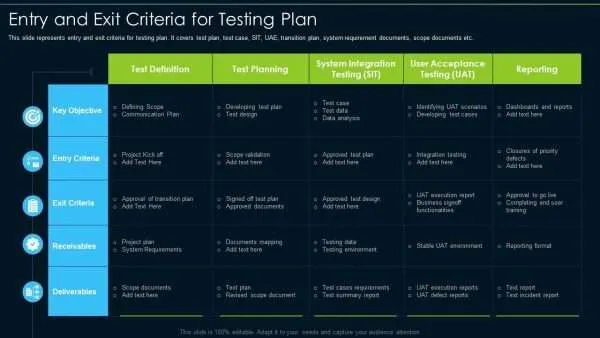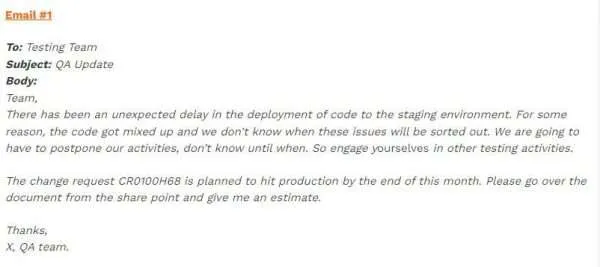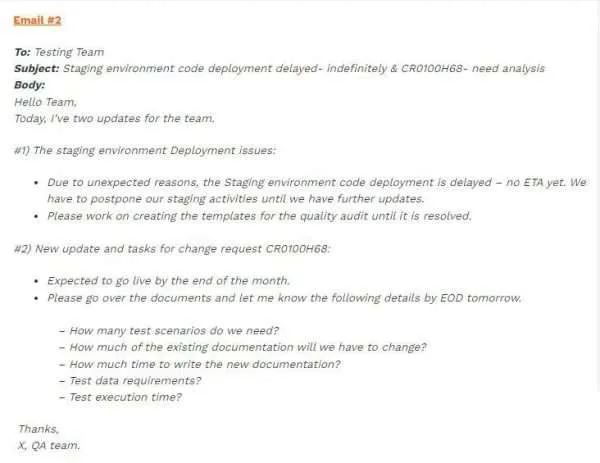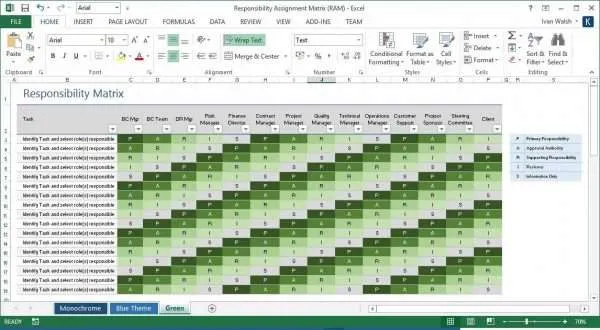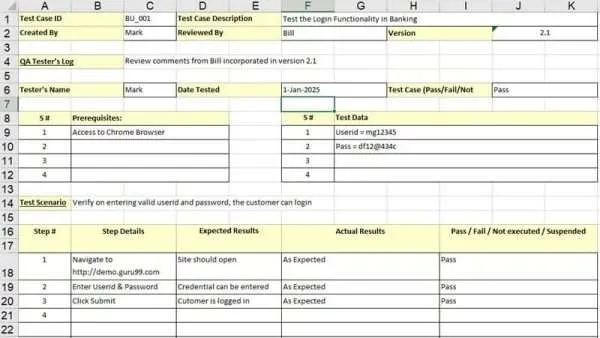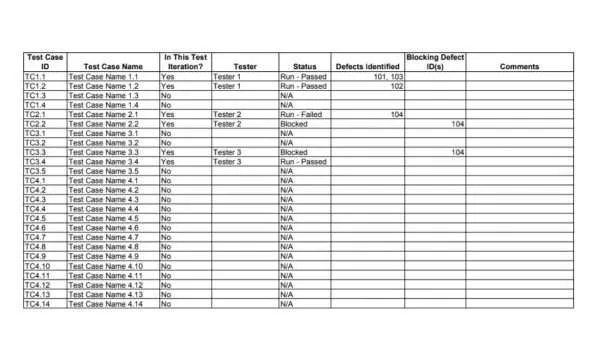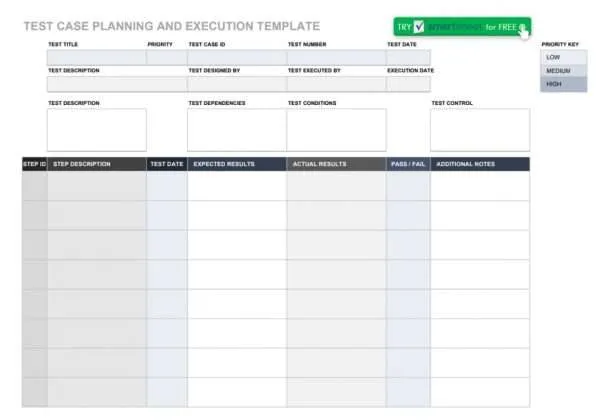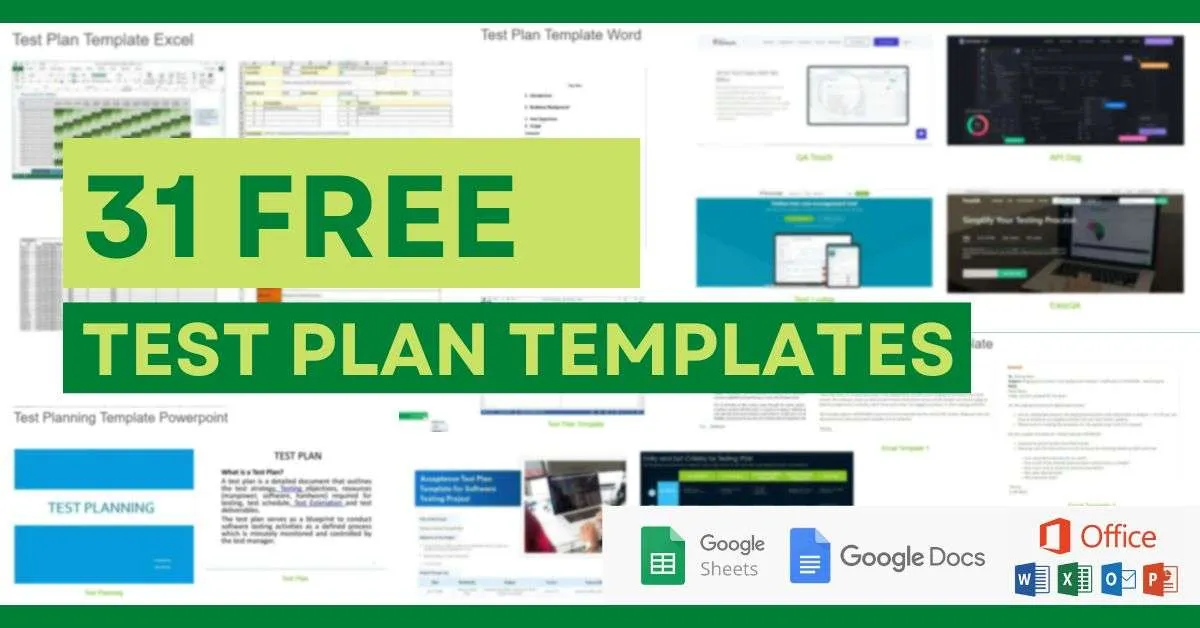
A test plan template is a document that describes how testing will be done, what will be tested, for how long, how much it will cost, what results can be expected, and what resources will be needed. The test plan determines how much work needs to be done to ensure the software being tested is good. It serves as a manual for conducting specific types of software testing. The test manager keeps a close eye on everything and makes sure it all goes smoothly.
A practical test plan is a document that changes as the project progresses. It is the basis for how a quality assurance team plans and approaches testing.
The QA team (and sometimes people from other teams) helps the QA managers or team leads make the plan. The project should be finished in no more than one-third of the allotted time.
However, the test plan is also given to project managers, business analysts, development teams, and other team members involved. The main goal of this is to make QA activities transparent so that everyone involved is aware of how the software will be tested.
Types of Test Plans
The three different kinds of test plans are listed below.
Master Test Plan
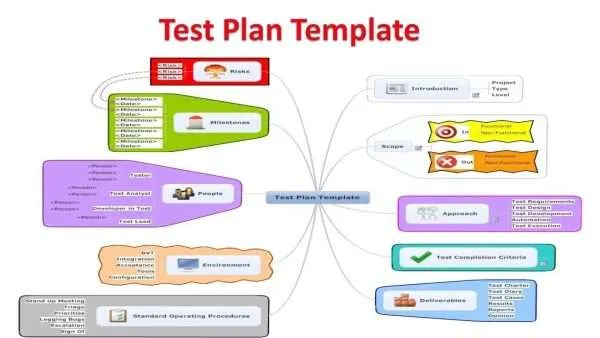
It’s a specific kind of test plan that includes incremental tests at different levels. It includes the full test strategy.
Phase Test Plan
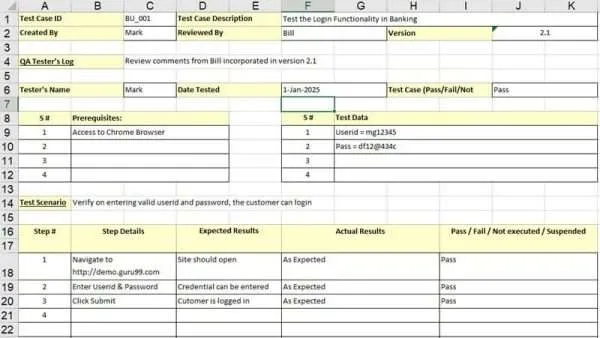
It is a specific type of test plan that addresses every phase of the testing strategy. Examples of these plans include lists of test cases and the tools needed to run tests.
Specific Test Plans

It’s designed for the most common kinds of testing, such as performance testing, security testing, load testing, and so on. In other words, it is a particular test plan used to test non-functional features.
Test Plan Major Attributes
The test plan comprises various parts that help us understand the whole testing process. Some of the most important testing attributes are given below in detail:
- Scope: Describe the specific project’s goals in detail. It also provides details on user scenarios that will be applied during testing.
- Schedule: Indicate when the testing team’s output will begin and be due.
- Resource Allocation: Indicate the tester who will be responsible for a particular test.
- Test Environment: Details about the test environment’s components, configuration, and accessibility are requested.
- Tools: In it, you’ll find a list of the tools that will be used for testing, finding bugs, and other similar tasks.
- Defect Tracking: This section outlines how and to whom to report bugs, as well as what supporting materials must be sent with each report.
- Risk management: This section discusses the possible dangers of testing software and the dangers that software may face if it is released before it has been tested well enough.
- Exit criteria: The testing deadline is outlined in this section. The expected outcomes of the QA operations are also listed in this section. This criterion enables testers to compare the actual results to what were estimates..
Test Plan Templates in Word Format
How to Test Plan
The following are the stages involved in developing a test plan:
Product Analysis
It’s the first step toward learning more about the client, the product, and the people who will use it. At this stage, it’s essential to address the following concerns:
- The product’s target audience.
- What is the product’s primary function, exactly?
- Explain the product’s functionality.
- What minimum hardware and software must be used for a successful deployment?
Designing the Test Strategy
When testing software, a test strategy is an essential part of creating an actual test plan. Usually, the test manager creates this high-level document. The following are components of it.
- The goals of the testing effort and how it was carried out.
- It also determines the required cost and effort of testing.
The document must specifically include the following information:
- Scope Definition: It includes both tested and untested hardware, software, and middleware.
- Testing Type Identification: This part talks about the different kinds of testing that will be done during the project. This is essential because each test focuses on finding a unique class of errors.
- Risks and Issues Documentation: This section lists all the problems that could happen during testing, such as missed deadlines, bad project management, and wrong budget estimates, as well as how these problems could affect the finished product or the business.
- Create Test Logistics: It contains a list of the testers’ names or credentials as well as the kinds of tests they will conduct. Timelines and testing resources are included here as well.
Defining the Test Objectives
During this phase, we will decide how the tests will be conducted and what we expect the results to be. All testing should aim to find as many problems as possible, so the items should:
- List every aspect of the software that needs to be tested (such as the user interface, performance specifications, and functionality).
- Know the standard or desired result for every single software testing requirement. This will act as the standard criterion by which all actual outcomes will be evaluated.
Establish Test Criteria
The guidelines or standards that direct everyone on a testing project on how to carry out their duties are known as test criteria.
There are usually two primary evaluation criteria involved in this phase.
Suspension Criteria: It establishes the standard for terminating all tests. For example, if the QA team found that 50% of all test cases failed, testing would stop until all problems were fixed.
Exit criteria: The exit criteria show that a project or phase of testing has been finished successfully. These are the intended testing results that must be achieved to proceed to the next stage of development. For instance, an application or software can’t be made available for public use until eighty percent of the test cases pass.
Test Planning Templates in Powerpoint
Resource Planning
This section includes a complete list of everything required to finish the project, such as the workforce, tools, and all the necessary infrastructure for accurate and comprehensive testing.
This phase also determines the number of testers and the necessary tools. This helps project managers create a precise project estimate and schedule.
Free resource planning template
Setup Test Environment
The term “test environment” refers to the combined hardware and software quality assurance professionals use during testing. Real devices should ideally be used as testing environments for testers to see how the software performs in user scenarios.
Nothing beats using real devices with natural operating systems and browsers as test environments, even if you perform automation or manual testing. Avoid using emulators or simulators if you value accuracy in your tests.
For this mission to be successful, the test and development teams must be able to talk to each other and work well together.
Test Schedule and Estimation
Create a list of subtasks, estimate how much time and effort each will take, and then reassemble the project for test estimation, as given below. The next step is to make a plan to finish all of these jobs by the deadline using the required effort and time.
However, the schedule needs input from many different people to be created:
- Factors such as employee availability, working days, project due dates, and daily resource availability need to be considered.
- Possibilities and threats concerning the project have already been assessed.
Test Planning Email Templates
Establish Test Deliverables
Test deliverables for a project are a full list of all the paperwork, equipment, and other things that must be made, given, and kept up-to-date to support testing activities. There are specific test deliverables for each phase of the software development lifecycle.
The following deliverables are required before testing:
- Test Design specifications
- Test plans document.
- Test case documents
The following deliverables are required during testing:
- Scenarios for Testing
- Simulators
- Execution logs and error logs.
- Test results
- Traceability Matrix
The necessary deliverables after successful testing are the following:
- Release notes
- Defect Report
- Installation/ Test procedures guidelines
- Test Results/reports
Test Plan Template Excel
Test Planning Online Tools
QA Touch
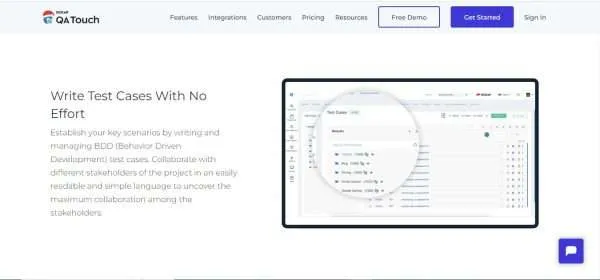
QA Touch is a thorough case management application designed specifically for modern QA teams. Without spending much effort, organizations may streamline their test management procedures.
QA Touch provides a complete, integrated testing workspace that works well with third-party apps like GitHub, Slack, and Jira. It also has on-demand test management services.
Pros
- Excellent functionality and smooth syncing with your current tools, like JIRA.
- The assistance is prompt and dependable.
Cons
- Usability might be enhanced in some areas of the application.
API DOG
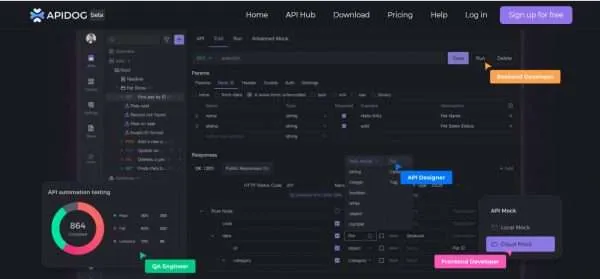
Apidog is a program that makes design and debugging of APIs a more efficient and qualified manner. In this app, documentation like mock data and test cases are generated automatically.
Pros
- Test cases autogenerated
- Support all OS platforms such as Windows, and Mac
Cons
- 100% test automation is not possible
Test Lodge

It is an online application for managing test cases. It follows simple rules that make you happy, so you can start testing right away.
Pros
- Share and manage all tests in one location as the team collaborates online.
- All options include an unlimited number of users and test units.
- There is no need for setup or installation. Everything is handled for you online.
- Test scripts are simple to set up and manage for everyone.
Cons
- There is no feature to assign test cases to a tester (module owner).
- It lacks a feature to track requirements.
- Unable to associate bug numbers with test cases.
- No interface exists to monitor testing development based on test case completion.
Test Plan FAQs
What is meant by a test plan?
The term “Test Plan” describes a document that outlines the specifics of how a test will be conducted and its goals, timeline, cost estimates, and other time constraints.
What is a test plan in QA?
A quality assurance (QA) test plan is a written list of the necessary QA testing steps.
What are the five most important components of the test plan?
A test plan’s five most important parts are the test strategy, objectives, schedule, estimates, and deadlines.
What is the name of the tool to generate a test plan?
EasyQA is a test management tool that makes it easy to make test plans, write test cases, and work with them in a way that makes sense to the user.
Shane Drumm, holding certifications in PMP®, PMI-ACP®, CSM, and LPM, is the author behind numerous articles featured here. Hailing from County Cork, Ireland, his expertise lies in implementing Agile methodologies with geographically dispersed teams for software development projects. In his leisure, he dedicates time to web development and Ironman triathlon training. Find out more about Shane on shanedrumm.com and please reach out and connect with Shane on LinkedIn.

